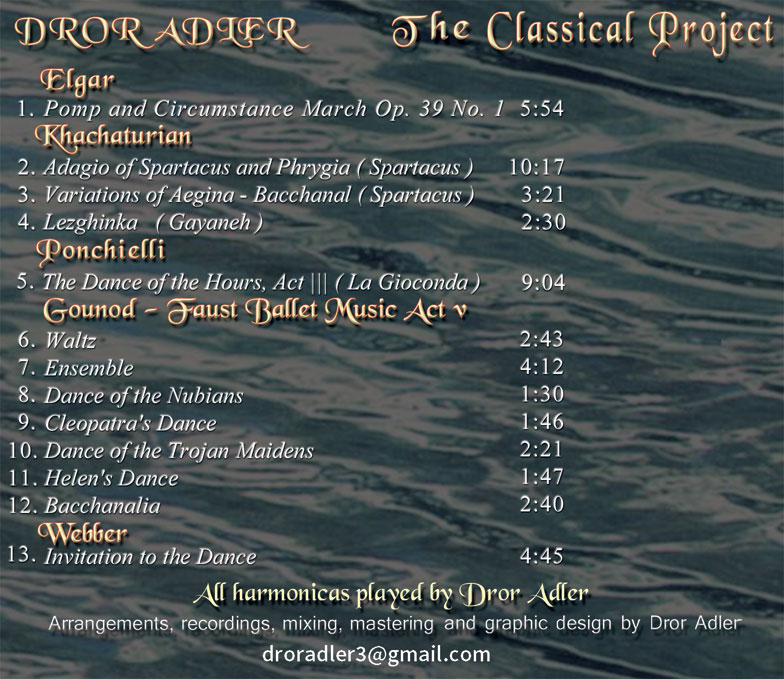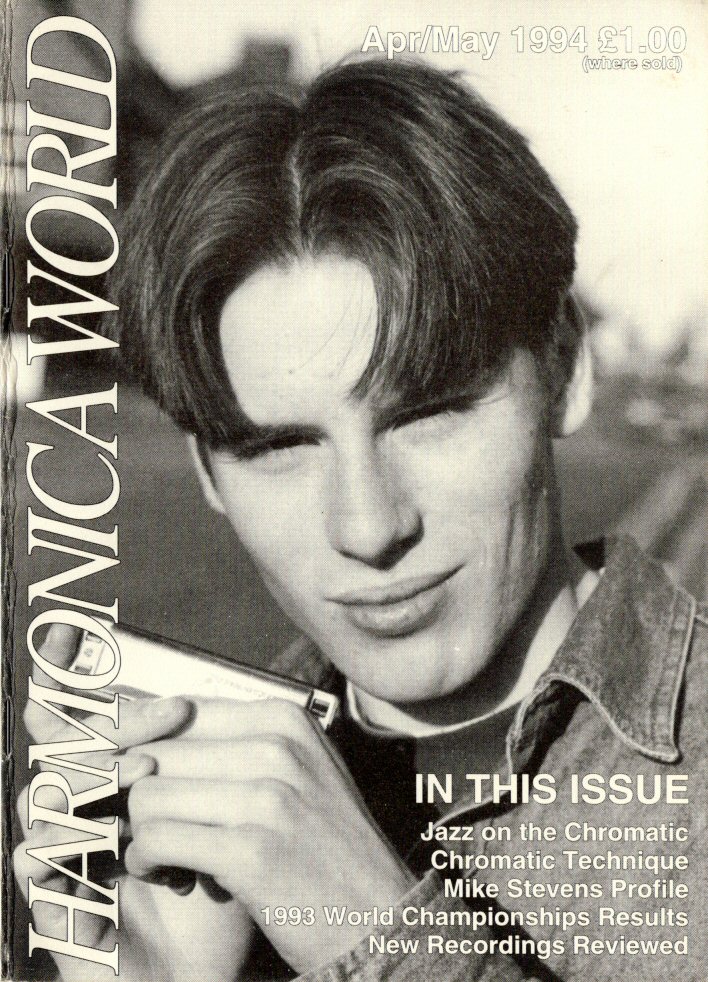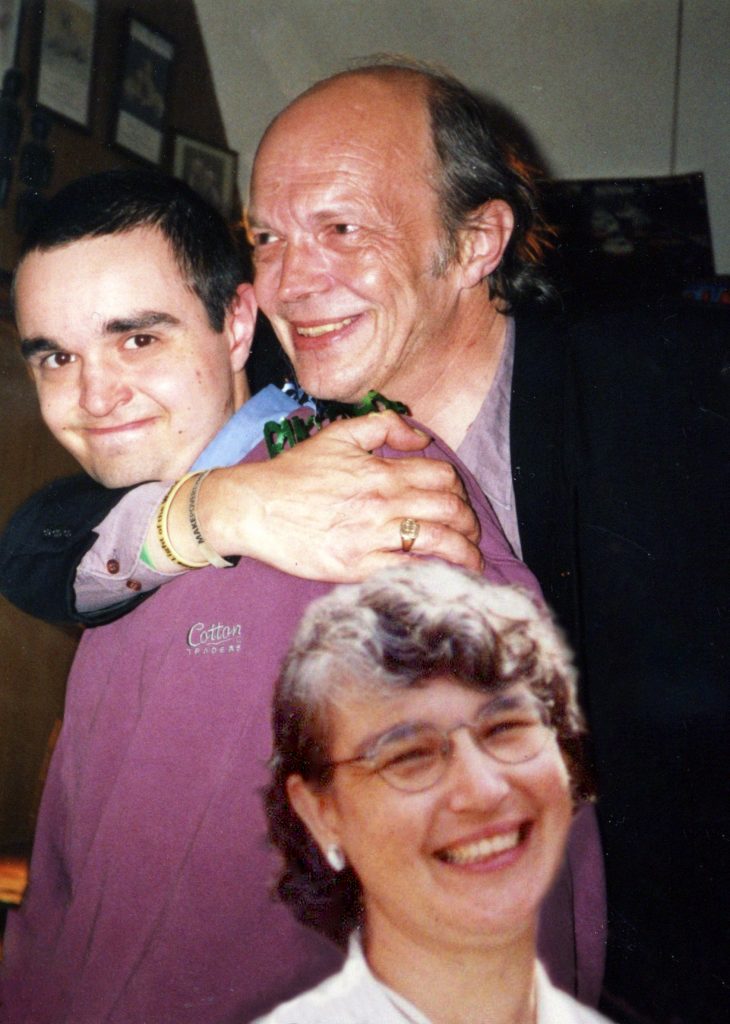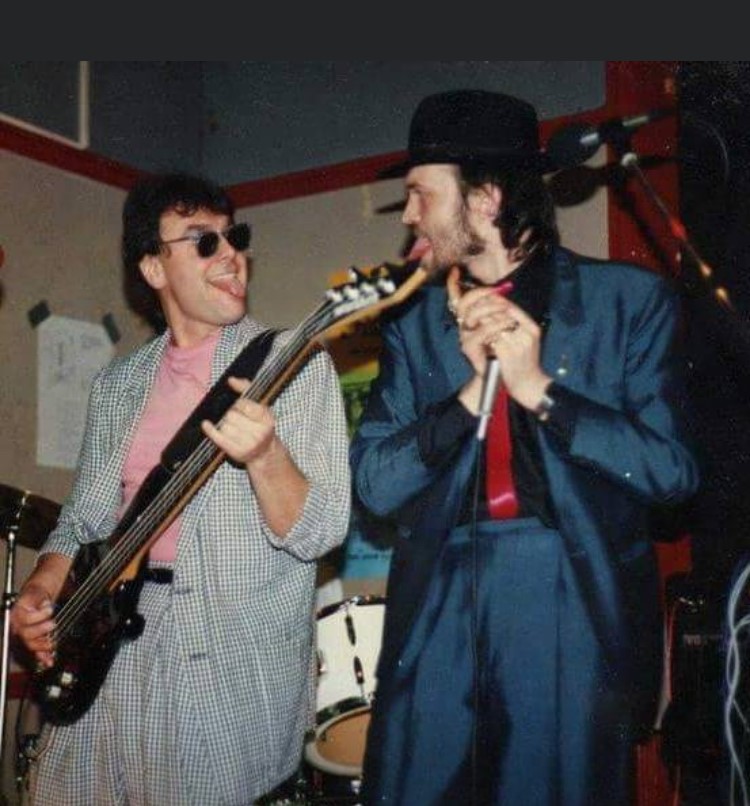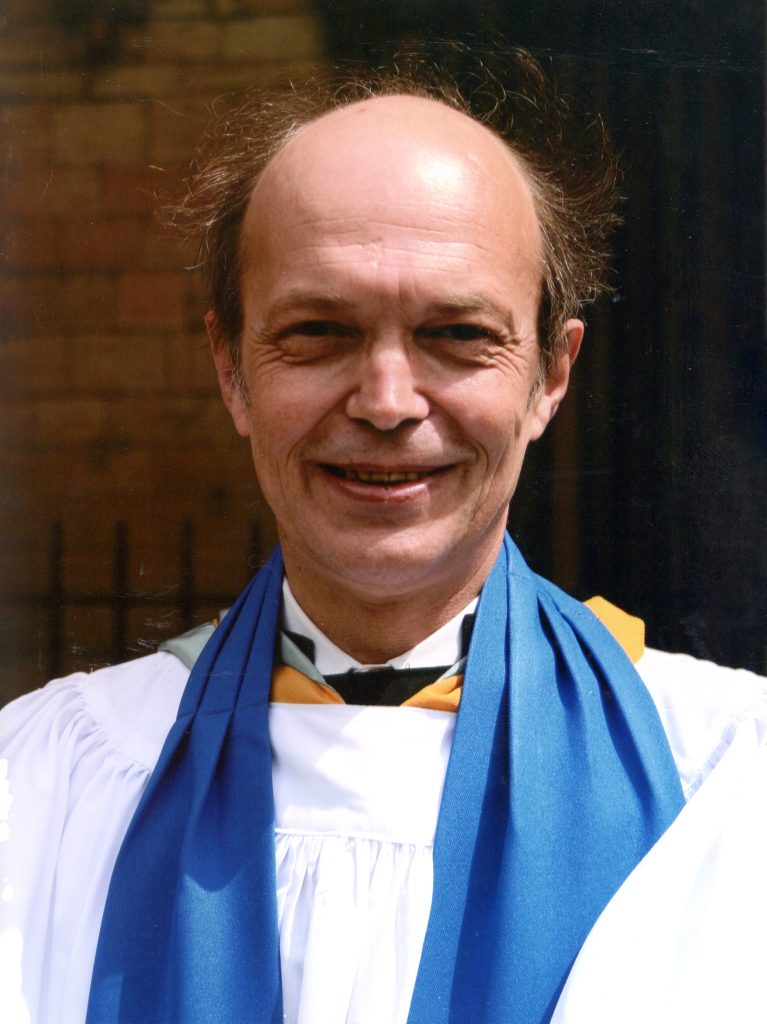I originally published this article in Harmonica World in June 2006. I think it is worth including it here. Dror wrote:
I have been a member of the Adler Trio since we formed it in 1963.
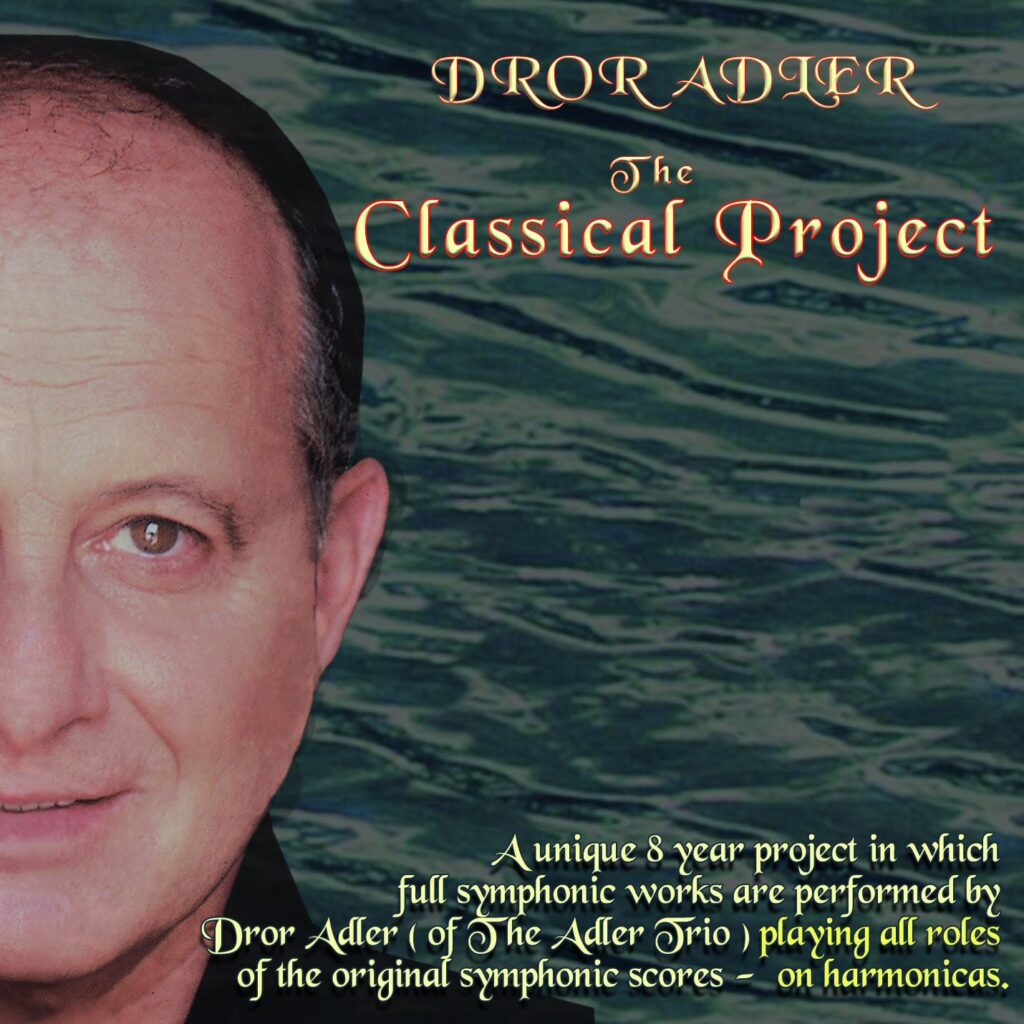
Here is a little bit of history and the background that led to the recording of my new CD, The Classical Project. A unique 8 year activity in which full symphonic works were recorded by myself playing all the parts on harmonica.
I have been a recording freak ever since professional tape recorders became affordable. The Adler Trio’s first LP record was recorded on a British made ‘Brenell’. Other LPs were recorded using Swiss ‘Revox’ recorders. At the end of the tape recorder era we owned an 8 track Tascam machine with DBX noise reduction system, on which we recorded our last vinyl record of Israeli music.
Next came hard disk recording, which revolutionised the recording industry and made it affordable for anyone to achieve recordings of unprecedented quality. When I first started recording on a computer it was not possible to handle more than about 6 separate tracks of music and yet the feeling was like leaping from the Stone Age to the Space Age. The pristine sound, the editing possibilities and the ease of work were amazing. After gaining reasonable control of the computer recording I started an experiment – the experiment that led to the Classical Project.
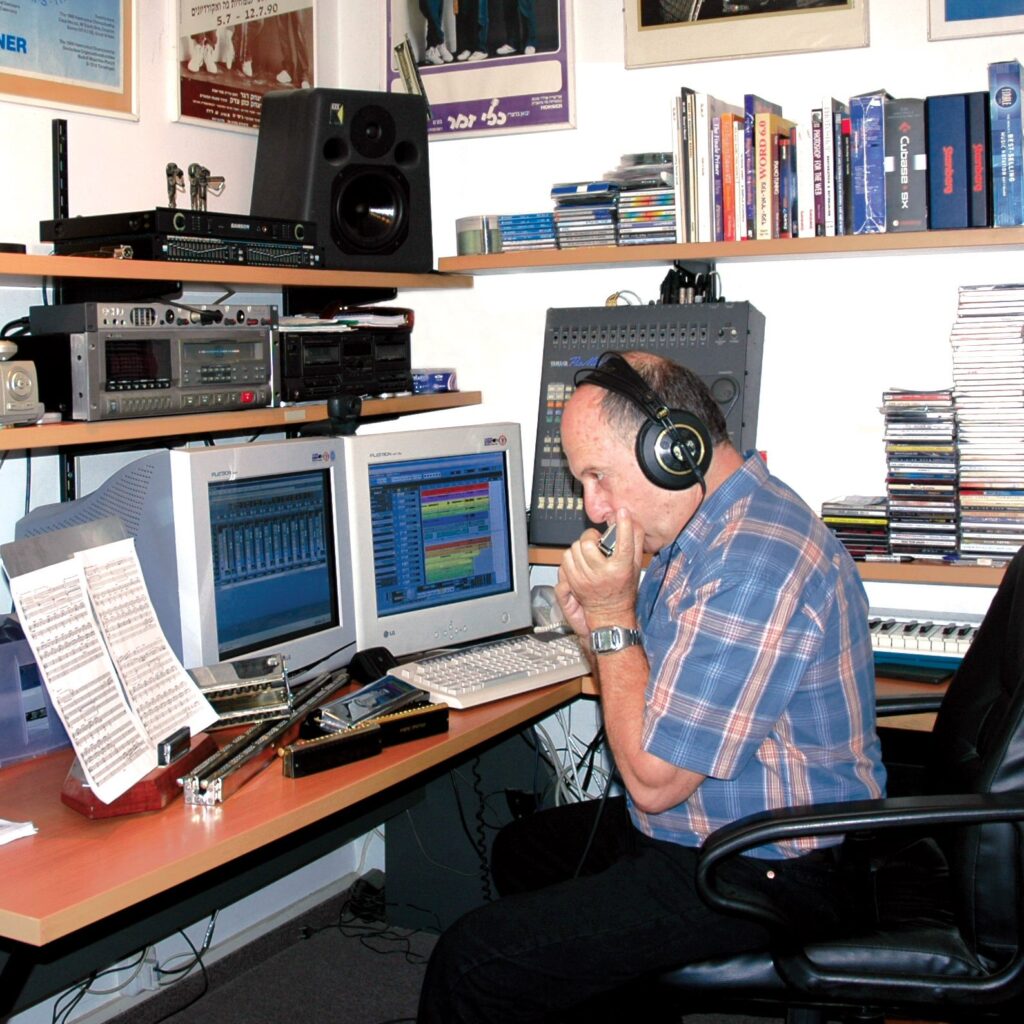
Since I can play chord, lead and bass harmonicas, I decided to record a classical piece that I loved – all by myself – playing the different harmonicas on different tracks. That was in 1997.
The piece was taken from Khachaturian’s ‘Spartacus’ Variations of Aegina-Bacchanal.
The score I had was for two pianos, out of which I made an arrangement for two chromatics, chords and bass. In some cases the bass role was separated to two different tracks.
I was so excited by the results that I decided to record another piece, and this time, a more ambitious one – Elgar’s ‘Pomp and Circumstance March Op. 39 No.1’. For this I went to the Tel Aviv Music Academy and got the orchestral score from which I made an arrangement for about 8 different roles. For trombones and french horns I used several tracks of bass harmonicas. I also used Hohner special effects chromatic harmonicas and any other type of harmonicas to get different ‘colours’ of sound.
After completing the second piece I knew that I would not rest until I had completed a full CD. As time went by, the computers got more powerful and the software smarter and I got more ambitious. The last piece recorded was the most ambitious one: again, from Khachaturian’s Spartacus – Adagio of Spartacus and Phrygia (This was used as soundtrack of the British TV series ‘The Onedin Line’). Here I recorded all the different roles of the original orchestral score. This is a short extract to show what I achieved.
I did the same with the full ‘Dance of the hours’ by Ponchieli. These are the two most demanding works in this project. The fact that I was able to record each role in it in short phrases or musical sentences made the whole thing possible. Here is how I did it.
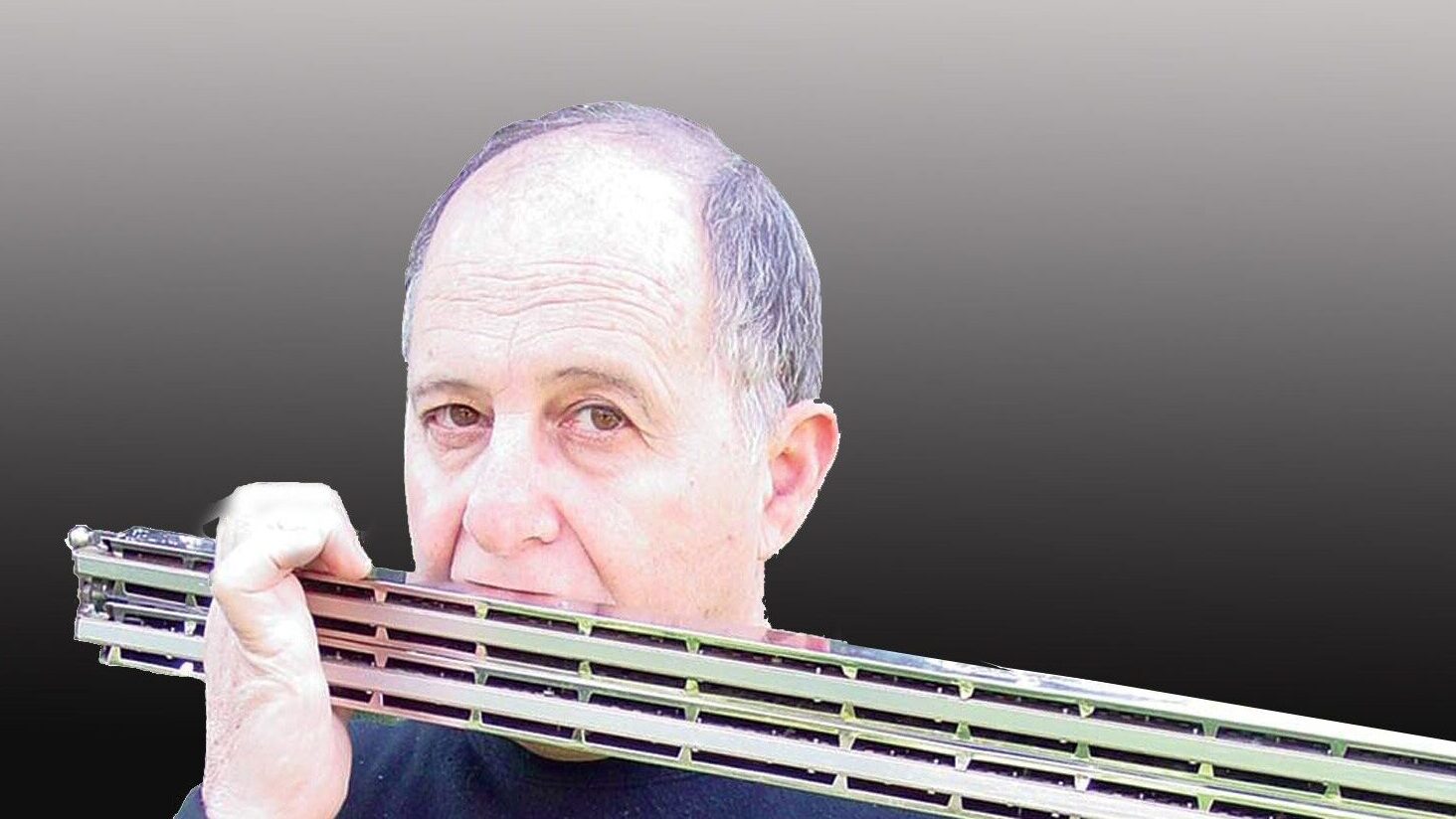
I learned the phrase on the Lead, bass or chords and recorded it by loop recording, playing it again and again until I got a good take, and then on to the next phrase. The auto punch-in function of the computer enabled seamless continuity. I always started with the lead role. Each role was recorded on a different track. For all the treble instruments I used chromatics – Hohner 270 and Suzuki Magic Garden. For a piece of ballet music from Faust I even played the harp arpeggios on chromatic. For violas, bassoons, contrabasses, horns, etc., I used standard Suzuki bass harmonicas and the Tombo Contrabass harmonica. Chords were played by my unique slide chord, developed by me and built for me by Suzuki.
In order to play the score as written I sometimes had to retune my harmonicas to produce the correct trills or passages. I tuned a bass harmonica so that impossible passages would be on one deck only, and in a row, to allow them to be to be played as written. In fact, this project can be compared to the movie making process where small segments become a one full length creation. There were many times when I almost decided to quit, but when I listened again to what I had already done, I could not help going back to it. It was finally completed in October 2005.
For further information and copies of the CD, contact Dror Adler
email: droradler3@gmail.com
Visit the Classical Project website for the rest of the music.
